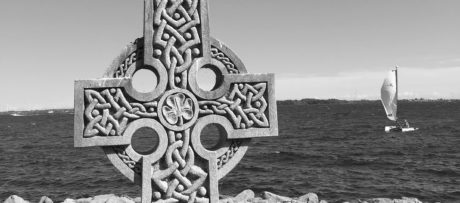A recent Nova Scotia case, the Horley Estate, highlights the importance of insuring that the proper legal name for a charity is included in a will. Often, that is more difficult than it first appears as the names of charities and institutions can change over the years.
The Public Trustee, who was administering the Deceased’s estate, brought an application for the advice and direction of the court with respect to the distribution of the residue clause in the Deceased’s Will.
The Deceased’s Will gifts one-third of the estate’s residue to the “Saint Matthias Anglican Church of Halifax, Nova Scotia, to be used for the upkeep and restoration of the building.”
The Solicitor’s notes indicates that in 1997, when the Deceased provided their instructions, they gave the name of the church along with the nearby intersection.
However, in 2011, Saint Matthias Anglican Church’s building and property was deeded and sold to the Saint Antonios Antiochian Orthodox Church. Saint Matthias was amalgamated along with another Anglican Parish to become the Anglican Church of the Apostles of Halifax. A CBC story on the transformation of the church building can be found here.
As the original Saint Matthias no longer existed, the court had to determine if the gift failed. If the gift failed, one-third of the residue would fall into intestacy. However, if the gift could be “saved”, it would be distributed to the Anglican Church of the Apostles as the successor parish. The court was also asked to determine if the cy-près doctrine applied The doctrine allows the court to amend the terms of a Will or a trust so that funds can be applied to a charity whose purpose was as close to possible as the original intention of the Deceased.
The Court clarified that “Saint Matthias Anglican Church” never existed as a legal entity. While it was the common parlance to refer to it as such, the name of the legal entity was “St. Matthias Church and the Rector, (Church) Wardens and Vestry of the Parish of St. Matthias, is now known as Parish of St. Matthias, Halifax, in the County of Halifax,”. However, the court agreed the Deceased’s intention was clear.
In reviewing the amalgamation instrument and documents, the court noted that all of Saint Matthias’ assets rolled into the Anglican Church of the Apostles. While, post amalgamation, Saint Matthias no longer existed, the residuary gift did not fail as the Anglican Church of the Apostles was the clear successor of Saint Matthias and could receive the gift.
Additionally, if the court’s analysis and understanding of the successor entity was wrong, the Anglican Church of the Apostles could still receive the gift through the application of the cy-près doctrine. The Deceased’s gift was a general gift of funds for the maintenance and upkeep of the congregation’s building (not a specific building) and could apply to any property the congregation attended for worship. As such, the one-third residue gift would be distributed to the Anglican Church of the Apostles.

